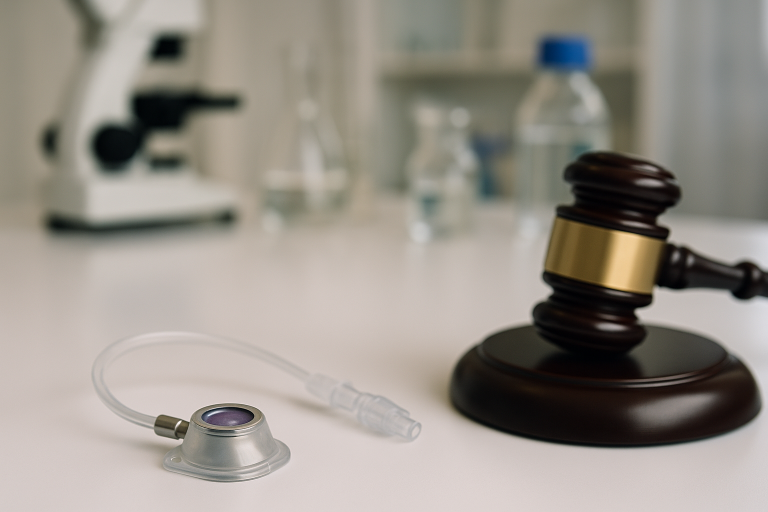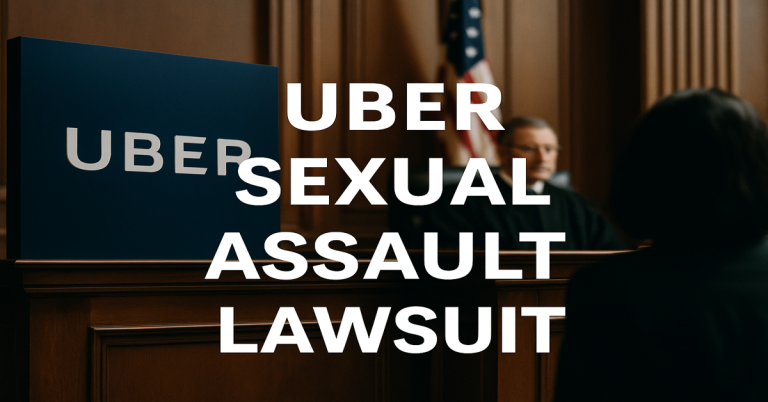Camp Lejeune Lawsuit News and Updates reveal a legal crisis years in the making. Between 1953 and 1987, the U.S. military exposed thousands of people to toxic water at Camp Lejeune, North Carolina. The base’s water supply became contaminated with hazardous chemicals, including trichloroethylene (TCE), perchloroethylene (PCE), benzene, and vinyl chloride. These chemicals are now known to cause cancer, Parkinson’s disease, infertility, and birth defects. Veterans, family members, and civilians who lived or worked on the base drank and bathed in that water for decades.
In 2022, Congress passed the Camp Lejeune Justice Act to allow victims to sue the federal government. The response was overwhelming. More than 546,000 claims flooded in. This wave of legal action may become the largest federal tort in history. Courts, lawmakers, and victims are now racing toward settlements. Camp Lejeune Lawsuit News and Updates matter. This fight is about justice, recognition, and holding power accountable.
Mass Claims and Court Orders
Over 546,000 administrative claims have been filed under the Camp Lejeune Justice Act. These include military veterans, family members, civilian contractors, and children born on base. Many filed after being diagnosed with cancer, neurological disorders, or autoimmune diseases.
Federal courts have grouped hundreds of lawsuits into a multi-district litigation (MDL) in the Eastern District of North Carolina. In January 2025, the judge overseeing the litigation issued a media silence order. The court banned both parties from making public comments. That means no interviews, press releases, or social media statements until further notice. This silence signals real progress. When courts issue a gag order, it’s often a sign that high-level settlement negotiations are moving forward behind closed doors.
Settlement Masters Appointed
To keep negotiations on track, the court appointed two experienced mediators as settlement masters: Thomas Perrelli and Christopher Oprison. Both have handled complex, multi-billion-dollar settlements in the past.
These masters serve as intermediaries between the Department of Justice, the U.S. Navy, and the plaintiffs’ legal teams. They meet regularly to review documents, coordinate discovery, and resolve disputes that could delay the process.
Their most important job? Creating a fair and transparent structure for resolving claims. That includes developing a settlement matrix that scores cases based on multiple factors. These include:
- The type of illness
- The duration of exposure
- The strength of medical and military records
- The degree of disability or death caused
Step-by-Step Settlement Plan
The court uses a three-step settlement plan to streamline the process:
- Step 1: Questionnaire Review Selected claimants receive detailed questionnaires. These gather facts about diagnosis, service location, exposure duration, and impact on daily life. This step helps verify eligibility and sets up compensation tiers.
- Step 2: Mediation for Track 1 Cases These cases involve clear, single illnesses linked to the toxic water. Lawyers meet with mediators to resolve these first. Track 1 outcomes will guide future payouts.
- Step 3: Global Settlement Framework After mediation results are analyzed, courts will apply those values across thousands of similar cases. This matrix-driven system aims to reduce the burden on courts and speed up relief for victims.
Each step builds on the last. This process gives structure and ensures fairness.
Elective Option Payouts
In September 2023, the U.S. government created the Elective Option Program. This voluntary plan offers fixed compensation for specific illnesses. It’s designed for claimants who want faster resolutions without going to court.
As of July 2025:
- More than 63 payout offers have been made
- Total compensation distributed exceeds $9.6 million
- Individual offers range between $100,000 and $550,000
The Elective Option applies to eight conditions:
- Kidney cancer
- Liver cancer
- Non-Hodgkin’s lymphoma
- Bladder cancer
- Multiple myeloma
- Parkinson’s disease
- Leukemia
- Systemic sclerosis
Claimants who accept these payouts must waive their right to sue in federal court. While some victims accept the offer, many wait. They hope full settlements will bring higher compensation and accountability.
Lawsuit Timeline
| Date | Event |
|---|---|
| 1953–1987 | Toxic water exposure at Camp Lejeune |
| August 2022 | Camp Lejeune Justice Act signed into law |
| September 2023 | Elective Option payout system announced |
| January 2025 | Courts order media silence and extend mediator roles |
| July 2025 | 546,000+ claims, ongoing mediation, Track 1 reviews continue |
This table shows how the lawsuit has progressed. Each event marks a turning point in the legal process.
Track 1 and Track 2 Cases
Track 1 cases focus on individuals who developed one of the eight specified illnesses. These cases are the most straightforward. They offer a test case for mediation. They also help define how much compensation victims can expect.
Track 2 cases are more complex. These often involve multiple illnesses, long gaps in diagnosis, or conditions not yet formally recognized. These may take longer to evaluate. But they are still valid. Lawyers are preparing expert witnesses and collecting evidence for these cases. Both tracks are necessary. Together, they help courts determine average case value.
Projected Settlement Values
The Congressional Budget Office estimates that total compensation may exceed $21 billion. These figures are not random. They reflect government research on exposure risk, medical treatment costs, and lifetime impact.
Compensation factors include:
- Severity and type of illness
- Age at diagnosis
- Loss of income or disability
- Strength of supporting records
Some Track 1 offers show how cases are valued:
- Bladder cancer: $150,000 to $300,000
- Kidney cancer: $200,000 to $400,000
- Parkinson’s disease: $350,000 to $550,000
Wrongful death claims, supported by military and death records, may receive even more.
Health Risks and Proof
The toxic water at Camp Lejeune contained some of the most dangerous substances known to science. The affected wells were closed in the 1980s, but not before damage was done.
Diseases officially linked include:
- Kidney and liver cancer
- Leukemia and lymphoma
- Parkinson’s disease
- ALS (Lou Gehrig’s disease)
- Birth defects
- Infertility
- Miscarriages
To qualify, you must prove you lived or worked at the base for at least 30 cumulative days during the contamination period. Strong claims include:
- DD-214 forms showing service history
- Base housing assignments
- Medical records linking symptoms to the exposure timeline
What You Can Do Now
If you were exposed to Camp Lejeune water, take these steps immediately:
- Gather Records: Find military housing records, discharge forms, and medical files. These prove eligibility and diagnosis.
- File on Time: The deadline to submit your administrative claim is August 10, 2024. Missing it could disqualify your case.
- Seek Legal Help: Talk to an experienced attorney. They can evaluate your case, estimate value, and help you avoid costly delays.
Don’t wait. The legal process moves quickly. Those who prepare early have better chances of success.
Why Camp Lejeune Lawsuit News and Updates Matter
The Camp Lejeune Lawsuit News and Updates show more than legal headlines. They uncover a government failure that spanned decades. These lawsuits force accountability, create medical awareness, and give victims a voice. Veterans risked their lives to serve. Their families supported them. They deserved safety, not suffering. The toxic water at Camp Lejeune broke that promise. Now, this legal action offers a path to healing and recognition.
Following Camp Lejeune Lawsuit News and Updates helps you stay informed. It keeps pressure on decision-makers. It ensures that this tragedy does not happen again. The next few months could shape healthcare protections across the country. Stay alert. Take action. Justice is finally within reach.




